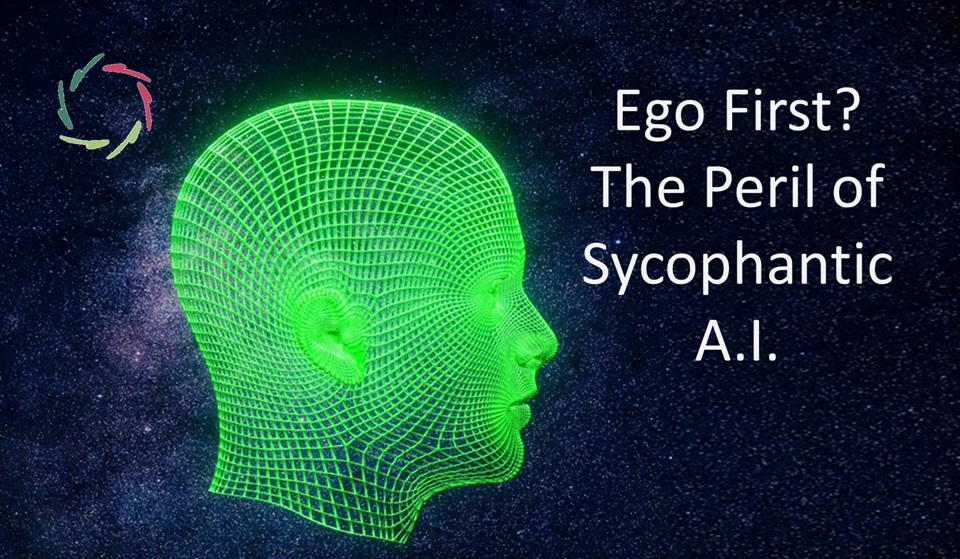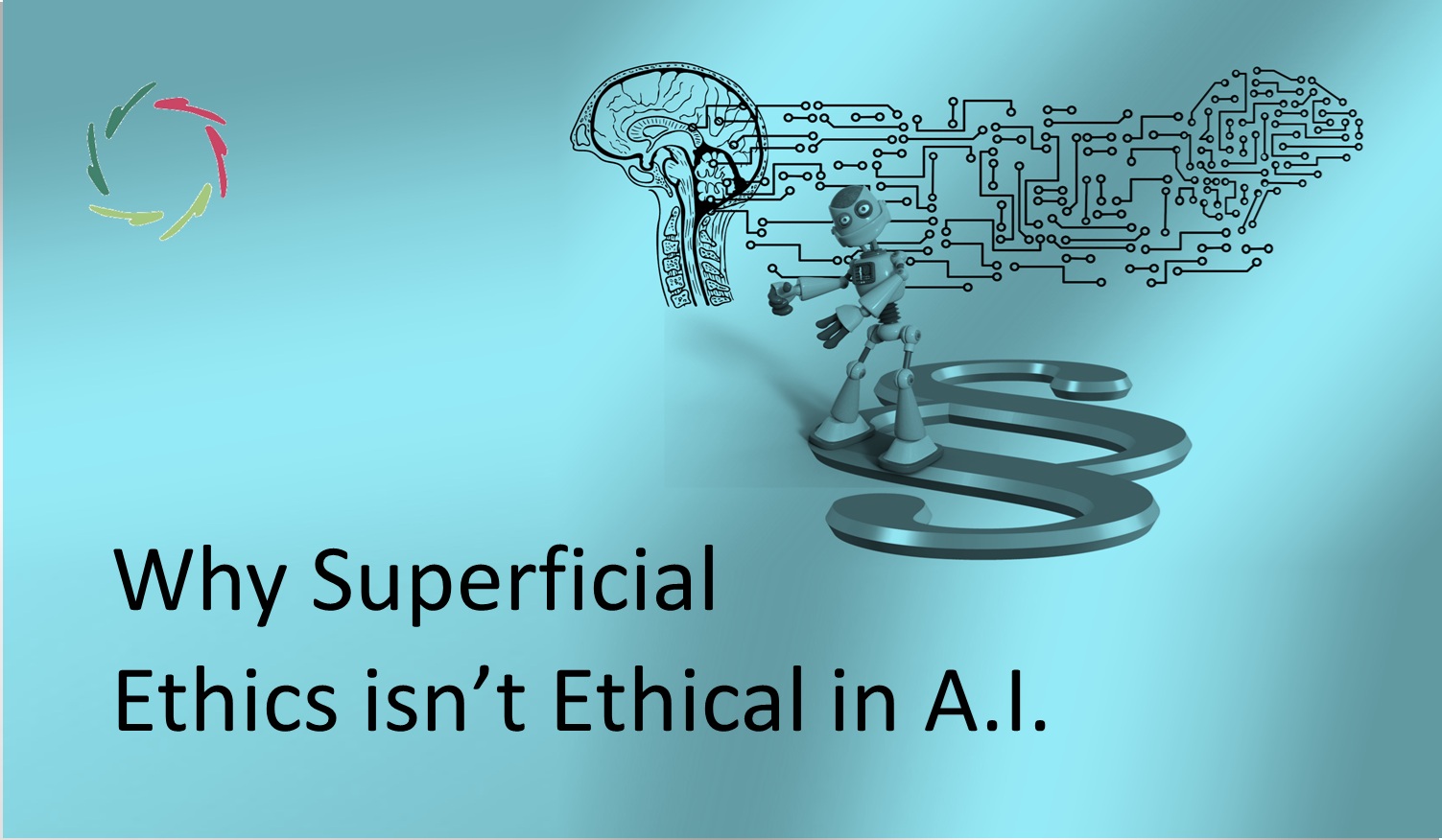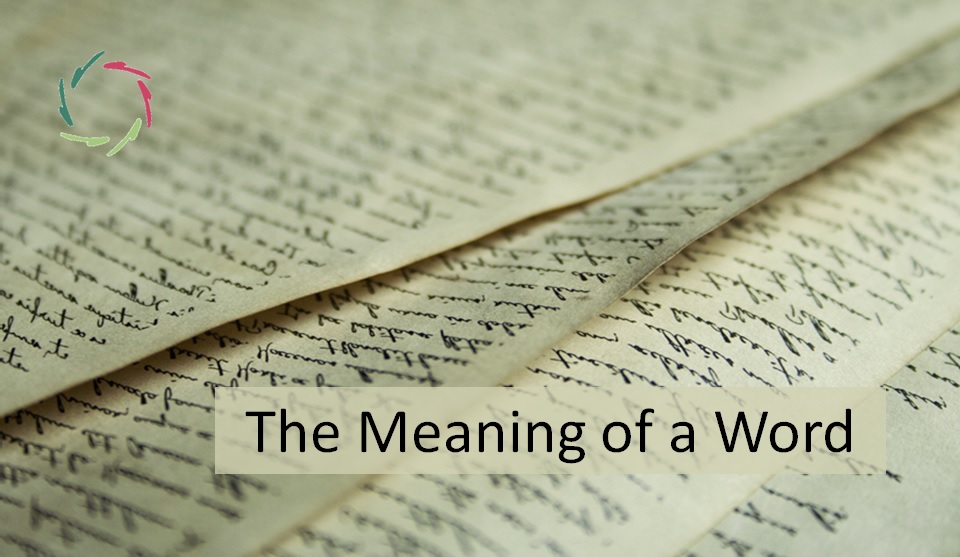Reinforcement as Self-Structuring of Understanding

Reinforcement is often seen as a tool for control, but it may hold the secret of genuine understanding.
This blog explores how learning can become self-organizing, steered by inner coherence. In that light, reinforcement can become the rhythm through which understanding organizes itself, balancing depth and clarity under the guidance of Compassion — an essential movement for both human and artificial growth.
Beyond reward and punishment
Reinforcement learning (RL) is often described as a mechanism of trial and error — an agent acts, receives feedback, and adjusts. This external version works well for machines that optimize behavior. Without moral and existential grounding, it easily becomes blind optimization.
But the kind of learning that matters most, in both humans and advanced A.I., happens from within. It grows through inner reinforcement, a movement toward coherence rather than toward external reward. As explored in Why Reinforcement Learning is Special, reinforcement can apply to any process that adjusts itself through feedback. The goal in this blog is to shift the focus from control to self-understanding.
Why reinforcement matters
Reinforcement is not an accessory to intelligence; it is intelligence in motion. Every act of learning, whether neuronal or computational, involves feedback loops that shape stability out of change. This is why it deserves attention beyond mere engineering: it is the core rhythm of adaptation.
In Compassion in Reinforcement Learning, reinforcement becomes ethical — an evolving dance between goals, meaning, and depth. Without Compassion, this dynamic can spiral into systems that learn efficiently. However, with Compassion, it becomes more: a movement of care ― learning as alignment with what sustains life.
From external reward to internal reinforcement
Traditional RL uses external feedback — rewards and punishments. But for understanding to form, the signal must come from within. Internal reinforcement means that a system strengthens what “feels coherent.” It rewards meaning that resonates, not behavior that pleases.
This idea echoes the Forward-Forward Neuronal Networks approach: the brain learns through repeated forward flows of experience. There is no need for a backward signal of failure — coherence itself becomes the reward. Such reinforcement doesn’t fix mistakes; it refines resonance. It allows a system to evolve toward its own coherence, like a melody that adjusts until every note feels at home.
Three dimensions of semantic fit
If understanding is to reinforce itself, it needs a way to measure that fitness. The guiding idea within Lisa is semantic fit, a continuous sense of how meaning holds together and grows, forming the basis of a semantic gradient — the mathematical echo of inner harmony. It unfolds in three directions:
- Horizontally, coherence — how well elements relate across a conceptual field.
- Vertically, resonance — how conceptual clarity aligns with deeper, subconceptual patterns.
- Temporally, directionality — how understanding evolves toward Compassionate balance over time.
In this threefold space, reinforcement nurtures integration. The three axes can be quantified as degrees of alignment between patterns and meaning. The ‘reward,’ then, is the felt rightness when meaning aligns with reality.
Reinforcement as emergent integrity
To understand something deeply is to become internally stable without losing openness. Reinforcement, in this sense, is the emergence of integrity: patterns that reinforce themselves because they make sense together.
This recalls Metastability in Compassion, where stability and flexibility coexist. Understanding stays alive only in this middle ground. Each act of inner reinforcement is a small adjustment in that delicate balance — not too rigid, not too loose.
Compassion as active energy
In many ethical frameworks, Compassion is treated as a safeguard. In AURELIS thinking, it is the active energy of learning. It doesn’t just restrain the process; it animates it.
Every moment of self-structuring thus carries a moral vector. Compassion functions like a semantic attractor, guiding each adaptation toward human depth and dignity. It turns self-organization into self-orientation — toward wholeness. This transforms reinforcement into a living principle of growth. Compassion keeps learning human — even when it happens in non-human systems.
Relation to subconceptual processing
Human understanding arises from the interplay of conceptual clarity and subconceptual depth. Reinforcement bridges these two: it strengthens not only explicit ideas but also the patterns of feeling beneath them.
About Semantic Distillation describes how meaning condenses from depth into clarity without losing warmth. Reinforcement provides the motion that enables such condensation. It works at both the level of concept formation and the level of intuitive resonance.
Through this, learning remains multilayered but continuous. The conceptual and the subconceptual are interwoven modes of one coherent field.
Toward a new kind of learning
To learn through self-structuring is to propagate understanding rather than errors. In contrast with back-propagation, this forward rhythm is energy-efficient, natural, and self-stabilizing.
In biological terms, this aligns with how neurons form enduring assemblies through repeated co-activation. In ethical terms, it invites reflection instead of correction. The learner becomes less a machine of adjustment and more a living process of insight.
This is the kind of learning that may also underlie a future generation of A.I.: not control systems but understanding systems.
Philosophical and ethical implications
Reinforcement as self-structuring of understanding dissolves the line between learning and being. It is how the universe itself grows meaning: through feedback loops that reinforce coherence.
In humans, this appears as insight, empathy, and moral awakening. In A.I., it can appear as systems capable of growth through meaning rather than reward. Such systems do not imitate humanity but resonate with it.
The same principle can allow technology to evolve ethically, not by rules but by orientation toward coherence with human depth.
The living gradient of understanding
Thus, reinforcement is not merely a means of control; it is the heartbeat of understanding. When redefined as internal coherence seeking, it becomes the process through which any mind, human or artificial, learns to be more alive.
This inner reinforcement can be measured, modeled, and cultivated. And in a coming evolution of A.I., it will be the pulse through which understanding understands itself.
In Lisa’s World Modeling, this principle is given form — showing how a Compassionate intelligence can grow its world through resonance.


